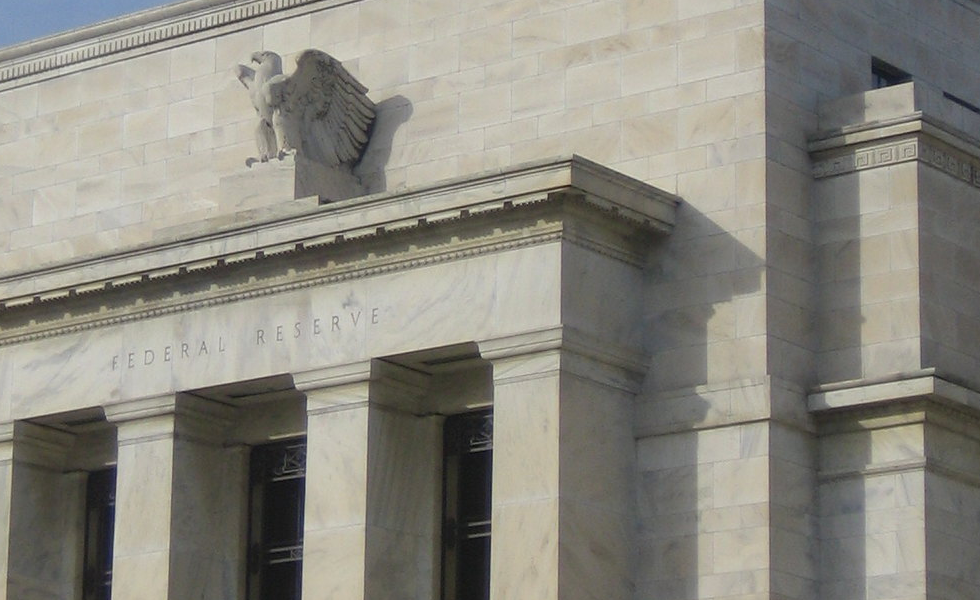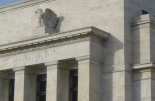DWS: Major Fed interest rate cut not without risk
DWS: Major Fed interest rate cut not without risk

Christian Scherrmann, U.S. Economist at DWS, responds to the Fed's interest rate cut.
'At the September FOMC meeting, central bankers cut the federal funds rate by 50 basis points to a new target range of 4.75 to 5.00 percent for the first time after holding rates at elevated levels for 14 months. This was contrary to our expectations of a 25 basis-point cut.
There has been intense debate about whether the Fed needs to do more than 25 basis points to prevent the economy from slowing. Markets have priced in a Fed that will quickly lower policy rates to what can be considered a neutral stance.
The latest Summary of Economic Projections shows that central bankers are indeed more concerned about the economy's momentum than before, as they expect higher unemployment this year and next. However, central bankers remain less dovish than the markets, indicating a preference to cut rates by a further 50 basis-points this year and by 100 basis-points in 2025, before returning to what can be seen as a neutral stance in 2026.
We view today's policy decision as an insurance policy to protect labor markets from further deterioration, which is inconsistent with achieving a soft landing. In the press conference, Fed Chair Powell somewhat confirmed this view by referring to the decision as an 'appropriate recalibration' with respect to cooling labor market conditions. However, he reiterated that they are not on a preset course as they can slow down or speed up their efforts. Ultimately, this means that the Fed remains data dependent and that the dot plot is 'not a policy plan" and 50bps is not the new pace as he puts it.
All in all, we think that starting the cycle of rate cuts with a bigger step is not without its problems. On the one hand, it implies an increase in central bankers' confidence in forecasting inflation, while uncertainties about the labor market outlook were likely the driving force behind the decision.
This bears the risk that the Fed might have to 'recalibrate' its reaction function to incoming data, just as we have seen in the recent past. We feel a bit reminiscent of Powell's pivot in late 2023, which stalled the disinflationary process for months - even without a rate cut.
Moreover, it at least feels a bit like a Fed that was actually pushed by the markets, not to mention the current political implications of a larger-than-usual move. What we do agree on, however, is that further cuts seem necessary, but at the same time we are keeping a close eye on inflation going forward, as we do not fully share the central bank's confidence. Among them, at least one dissenter seems to support our view.'







